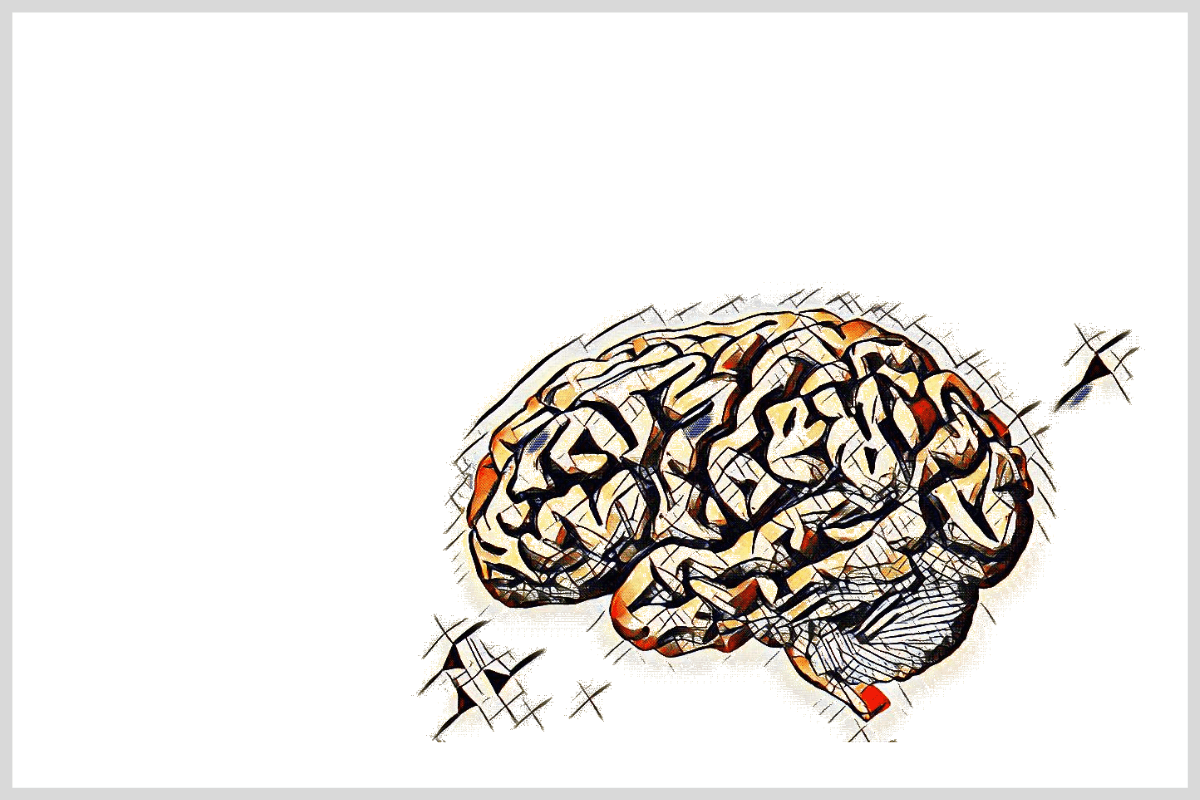Pleasure Hijack: How Substance Use Messes With Your Brain
Every person with an addiction to a mood-altering substance knows what cravings are like. But what drives these urges and the lengths someone will go to get their fix? What contributes to continuing with substance use despite painful negative consequences that include the loss of relationships, health, careers, finances, and even the loss of life?
In recent years, there has been an explosion of research in the field of neuroscience – the science that deals with the structure and function of the human brain and nervous system. The human mind is so complicated that neuroscientists are only just beginning to uncover how it works. Their work is making some remarkable contributions to our understanding of addiction.
Neuroscience helps make sense of what drives the behaviours that create such devastation in the lives of those who struggle with addiction.
Researchers like Dr George Koob and Dr Nora Volkow show the impacts of substance use and addiction on brain functioning. Much of their research focuses on two specific systems in the brain: the reward circuit and the stress response system.*
The Reward Circuit
Dr Koob and Dr Volkow are discovering that much of the power of addiction lies in its ability to hijack and even rewire brain circuits that are meant to help us survive. One of these important circuits is the reward circuit. Normally, a healthy brain experiences a sense of pleasure when doing healthy or enjoyable things like eating something delicious, being physically active, or connecting with loved ones.
When the reward circuit is activated by these activities, it releases chemicals (also called neurotransmitters). One of them is dopamine – it’s responsible for sending positive messages of pleasure and enjoyment. It also contributes to our motivation levels as well as helping to regulate negative emotions.
Research shows there is a powerful chemical “reward” that comes with substance use. All addictive substance turn on reward circuits in the brain by causing a sharp rise in dopamine levels – it stimulates the brain’s reward circuits in a way that normal and healthy rewards can’t.
But there is a problem that substance users soon discover: when the brain is repeatedly exposed to that same high-intensity reward such as using a drug, it stops responding to that “reward” in the same way. Instead, there is a decrease in response to it – the brain no longer finds the substance as pleasurable as it did initially. The problem gets worse:
Along with a decrease in the “reward” of substance use there's a decrease in the ability to feel pleasure and motivation in the everyday parts of life.
It is crucial to understand this chain of reactions that occur with substance use. When substances are repeatedly consumed, the brain stops experiencing the same level of pleasure from that substance - it becomes less pleasurable. To make things worse, the everyday joys of life such as a good meal, connecting with a loved one, or watching a sunset, become less enjoyable. On top of that, there is a decrease in motivation to pursue daily activities such as exercise, pursuing hobbies, or self-care.
The “normal” pleasures of life seem dull and underwhelming. Talk about a recipe for unhappiness.
The Anti-Reward Problem
But it doesn’t even stop there. Not only is there a decrease in the overall experience of pleasure and motivation, something else more problematic begins to happen in the aftermath of using.
Emotional and physical distress starts to occur when the drug wears off – researchers call this the “anti-reward” or the “dark side” of addiction.
Anyone with a substance addiction knows about the anxiety, depression, irritability, emotional or physical pain, fatigue, or insomnia they experience when they stop using.
These uncomfortable and painful experiences along with the decrease in the ability to feel the same degree of pleasure (from both substances and the more healthy “rewards” of life) set up substance users for some problematic patterns. As the reward circuit response decreases and the anti-reward circuit becomes more activated with regular use, there is a switch from using to feel good to using to avoid feeling bad.
Motivation to use substances is no longer for pleasure – it becomes about getting relief from painful states such as anxiety, irritability, or shame.
And every addicted person knows just how temporary and elusive that relief is. Researchers believe this negative cycle creates the strong pull into addictive behaviours. This is what sets up the patterns of craving and why the substance use continues even when it is no longer pleasurable.
Most people in addiction continue to use substances to escape the distress they feel when they are not using. Although there can be temporary relief of this distress, there are ever-increasing and painful “anti-rewards” that lead to the vicious cycle of cravings and using to avoid the painful experiences and negative consequences.
The Stress-Response Circuit
But wait ... this vicious cycle gets even more challenging. Along with the decrease in ability to experience pleasure and the increase in emotional and physical distress with the anti-reward system, there is a corresponding increase in the stress-response circuit. Substance use is actually stressful for the brain.
It is stressful to have the reward circuits hijacked by substance use to the point of using for relief rather than pleasure.
When the stress-response circuit is triggered, the substance user tends to become more sensitive to stress and negative moods. It can also contribute to more exaggerated responses to stressors – even “normal” stressors become overwhelming. And it becomes more difficult to handle stressors without desperately wanting to “take the edge off” by using alcohol or other drugs.
Continued substance use also impairs brain functioning by interfering with the ability to exercise self-control or make healthier choices about how to handle stressors. Both substance use and an activated stress-response impact the parts of the brain that limit the impulsive and compulsive behaviours associated with substance use disorders. According to Dr Koob, this cycle is what fuels the process of addiction.
All of these changes in the brain help explain why those with addiction struggle to cut down or stop using even if they desperately want to.
Summing It Up
Researchers believe chronic substance use impacts the process of addiction in these ways:
It desensitizes the reward circuit making enjoyment more difficult – for both substance use and everyday pleasures .
It increases the “anti-reward” experiences of painful emotional and physical states including anxiety, depression, shame, and irritability.
There is an increased stress-response within the brain and an increased response to stressors that adds to the desire to self-medicate the distress.
The parts of the brain responsible for self-control and healthy decision-making are less effective as a result of substance use and increased stress.
But there is good news: research also shows the brain can heal and recover from the impacts of substance use and addiction.
Check out Recovery Happens
Carrie DeJong’s informative course that provides insight into the connection between trauma and addiction. It also explores pathways for healing and recovery.


